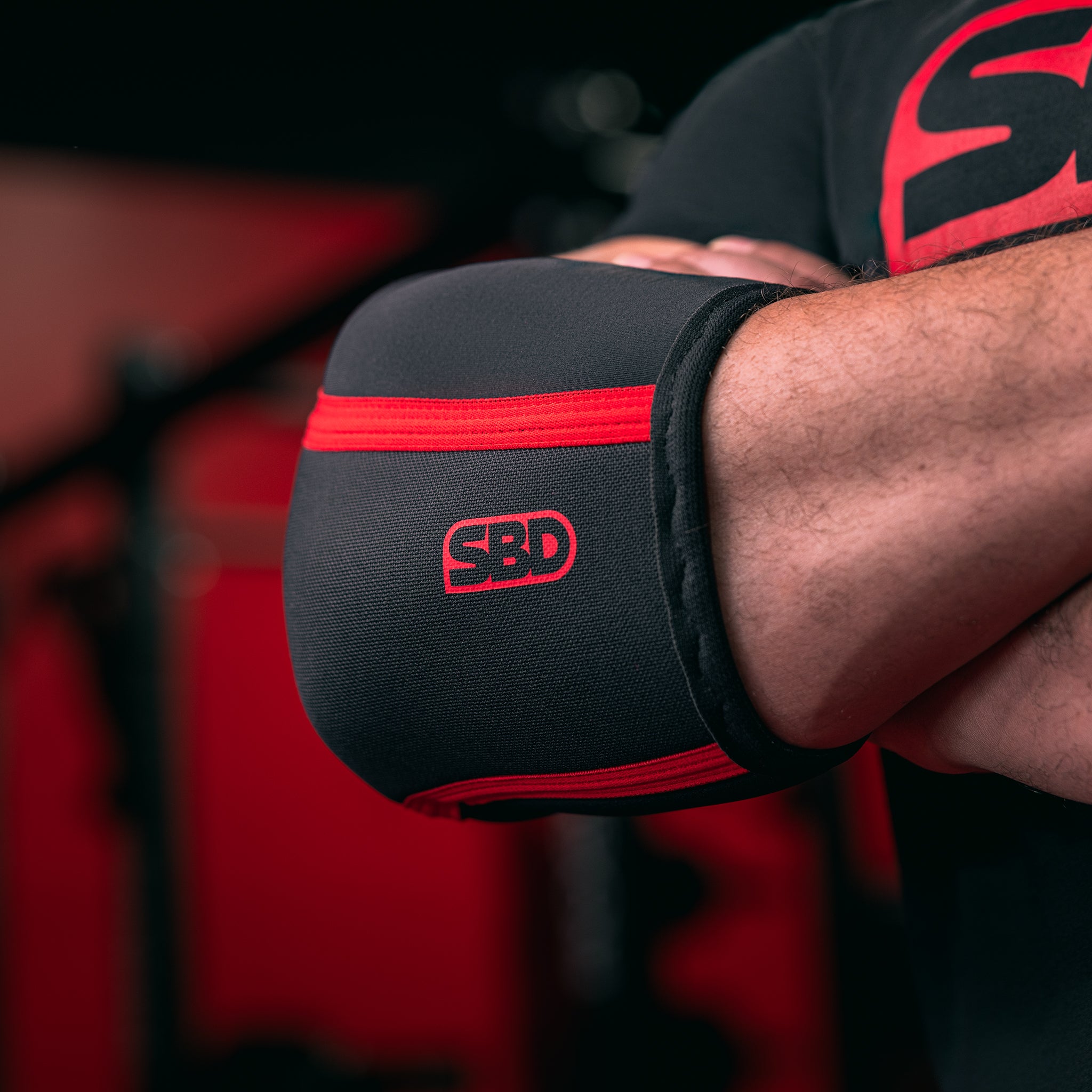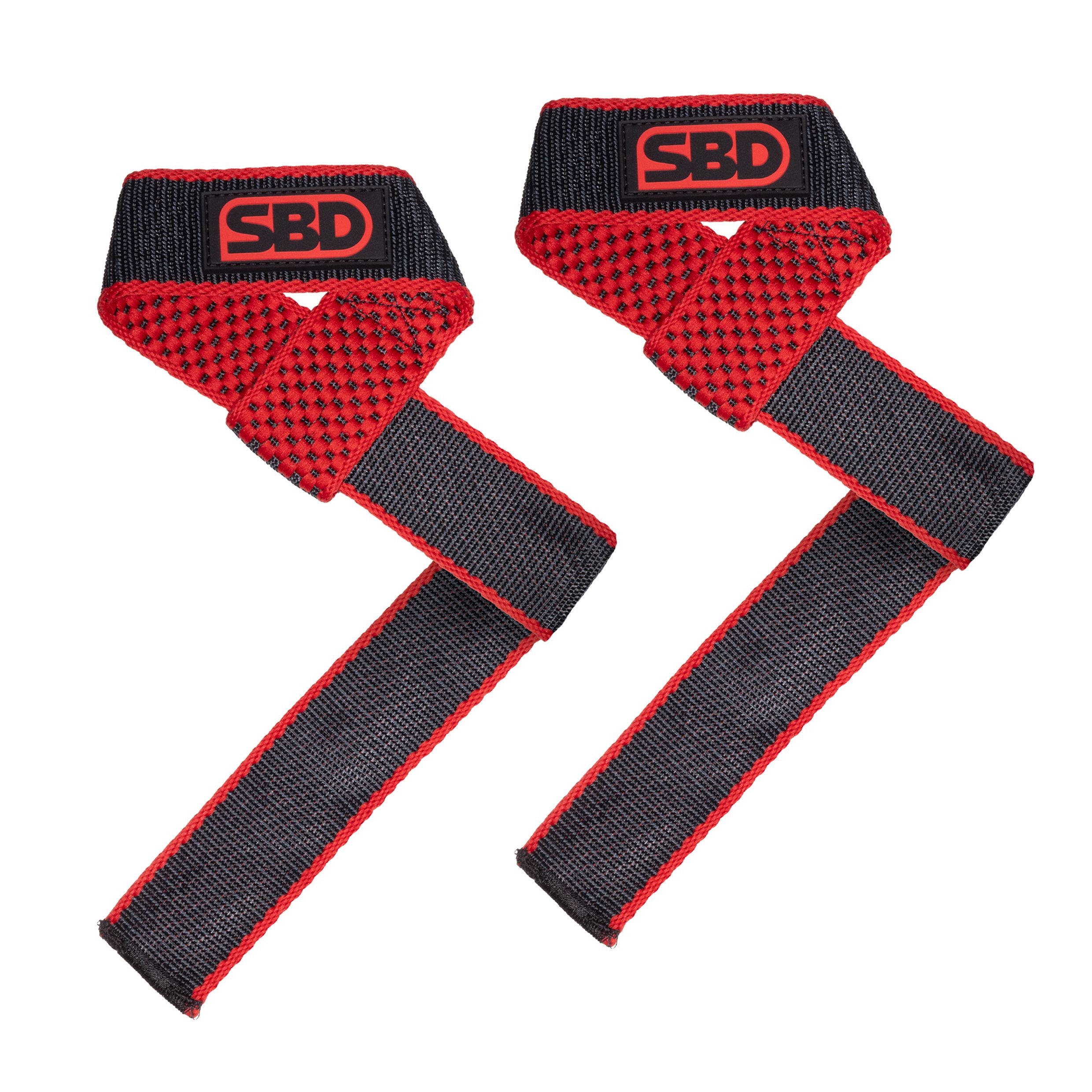The bench press is a staple of strength training routines worldwide. However, improper execution can lead to wasted effort or, worse, serious injury. By understanding and correcting these common mistakes, you can elevate your performance and build strength effectively and safely.
Why Proper Bench Press Form Matters
Benefits of Correct Technique
Executing the bench press with proper form ensures maximum muscle engagement. It allows you to lift heavier weights, build muscle symmetrically, and minimise stress on your joints.
Risks of Improper Execution
Mistakes in technique can lead to injuries like rotator cuff strains, lower back pain, and even pectoral tears. Poor form also limits your strength potential.
Mistake #1: Poor Shoulder Positioning
Common Issues
Failing to retract your shoulder blades can put undue stress on your shoulders. This mistake often results in pain or discomfort during or after the lift.
Fixing Shoulder Placement
To correct this, focus on pinching your shoulder blades together before unracking the bar. Maintain this position throughout the lift for stability and power.
Mistake #2: Overarching the Lower Back
Risks to the Spine
Overarching your back during the bench press creates excessive pressure on the lumbar spine. This can lead to chronic pain or disc issues over time.
Proper Arch Techniques
A slight arch is beneficial, but it should be controlled. Engage your core to stabilise your lower back while keeping your hips planted on the bench.
Mistake #3: Incorrect Grip Width
Finding Your Optimal Grip
A grip that's too wide or too narrow can affect muscle activation and strain your wrists or shoulders. Experiment to find a grip that feels strong and natural.
How Grip Width Affects Performance
Wide grips target the chest more, while narrower grips engage the triceps. Adjust based on your goals, but maintain control to avoid injury.
Mistake #4: Flaring the Elbows Too Much
Why Elbow Angle Matters
Flaring your elbows out excessively can strain your shoulders and reduce stability.
Techniques to Fix Elbow Flaring
Keep your elbows at a 45–75° angle from your torso. This optimises muscle engagement while protecting your joints.
Mistake #5: Neglecting Leg Drive
How Legs Contribute to Power
Leg drive stabilises your body and helps transfer power through the lift. Without it, you miss out on potential strength gains.
Proper Leg Drive Technique
Keep your feet flat and push through your heels during the lift. This ensures a strong foundation.
Mistake #6: Bouncing the Bar Off Your Chest
Dangers of Bar Bouncing
Using momentum instead of muscle control reduces effectiveness and increases injury risk.
Developing Controlled Movements
Pause briefly at the bottom of the lift to engage your muscles fully. Focus on control rather than speed.
Mistake #7: Ignoring Warm-Ups and Mobility Work
Importance of a Good Warm-Up
A proper warm-up prepares your muscles and joints for heavy lifting, reducing injury risk.
Effective Warm-Up Routines
Incorporate dynamic stretches, light sets, and mobility exercises specific to the bench press.
Mistake #8: Lifting Too Heavy Too Soon
Gradual Progression Principles
Rushing to lift heavier weights can compromise your form and lead to injuries. Focus on steady progress over time.
Risks of Ego Lifting
Lifting beyond your capacity is a common cause of gym accidents. Prioritise safety and technique over numbers.
Mistake #9: Not Breathing Properly During the Lift
Proper Breathing Techniques
Inhale deeply before lowering the bar and exhale as you press up. Proper breathing stabilises your core and enhances strength.
How Breathing Impacts Performance
Controlled breathing prevents dizziness and keeps you focused during heavy lifts.
Mistake #10: Skipping Assistance Exercises
Best Assistance Exercises
Incorporate incline presses, dumbbell flyes, and tricep dips to strengthen supporting muscles.
How Assistance Work Enhances the Bench Press
These exercises improve muscle imbalances and enhance overall performance.
Practical Tips for Injury Prevention
Identifying Early Warning Signs
Pay attention to discomfort or unusual pain. Address these issues before they escalate.
Long-Term Injury Prevention Strategies
Focus on proper form, adequate rest, and consistent mobility work to keep your body healthy.
Nutrition and Recovery Tips for Bench Press Success
Optimal Nutrition for Strength
Consume protein-rich meals and maintain balanced macros to fuel your workouts.
Recovery Strategies for Muscle Growth
Prioritise sleep, hydration, and active recovery to maximise your gains.
Frequently Asked Questions
-
How often should I bench press?
Aim for 2–3 times a week, depending on your goals and recovery capacity. -
Can I bench press with a shoulder injury?
Consult a professional. Focus on rehabilitation before resuming heavy lifts. -
What's the best grip for beginners?
A shoulder-width grip is ideal for most beginners. -
Should I use a spotter for heavy sets?
Yes, always have a spotter when attempting near-maximal weights. -
How can I increase my bench press quickly?
Incorporate progressive overload, proper nutrition, and assistance exercises. -
Is the flat bench press better than incline?
Both have benefits. Flat bench targets overall chest development, while incline focuses on the upper chest.
Conclusion
Proper form and technique are essential for maximising the benefits of the bench press while avoiding injury. By addressing these common mistakes, you can improve your performance and build strength effectively. Commit to practising safe lifting habits, and the results will follow.


































